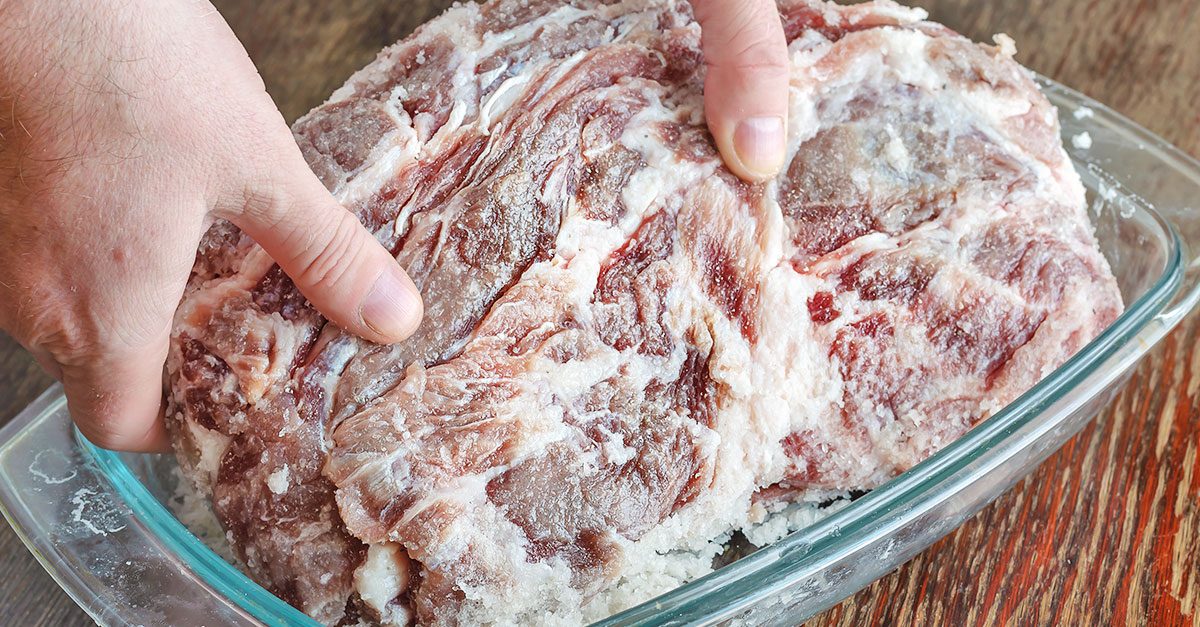Food Safety: Do These Five To Protect You And Your Loved Ones From Food Contamination
Food is a fundamental part of living, we need it to sustain life, but what does it do just the exact opposite? Food poisoning is a dangerous ordeal that may culminate in life-threatening conditions if not attended to as an emergency. Most amazingly, avoiding food contamination is very easy. All you have to do is keep to hygienic cooking practices and pay attention to whatever you eat outside of your home.
;Resize,width=742;)
Food poisoning happens when you consume any food item that has come into contact with harmful microbes like bacteria, fungi, etc. Most of the time, the contamination is during the cooking process as the food may be exposed to vectors after cooking or come out undercooked.
Whether it is through any of the above, or it was merely through consuming contaminated beverages, the key to food safety is hygiene and thorough cooking.
Below are five crucial and yet unbelievably easy to do practices that will help you keep your food hygienic at all times:
1. Always keep the food and the cooking area clean

We can't overemphasize the importance of cleaning raw food items people before cooking. Similarly, cooking utensils, surfaces, and more generally, the kitchen should be kept clean to prevent harboring germs or vectors that may carry them.
This point would be incomplete without a mention of the importance of practicing good personal hygiene while cooking. This includes keeping your nails cut cleanly, your hair tied, and your hands washed before, during, and after cooking.
Also, keep potentially harmful chemicals out of the kitchen or label them so as to avoid fatal mistakes while cooking.
2. Separate raw food items from the cooked ones

If you are preparing raw food items like fish (and other seafood), meat, and poultry, make sure to cordon off the area. According to experts, the raw juices from these typically contain dangerous microbes that may contaminate other food items, which you may not be ready to cook yet.
So, while storing them, make sure they are tightly sealed to prevent cross-contamination. Also, avoid using the same cooking utensils for both raw and already cooked items!
If cross-contamination does happen, especially with items like veggies that require very little cooking, it can pose a great danger to your health. This brings up the subject of cooking your food as thoroughly as you can to kill such microbes.
3. Always cook your meals thoroughly

This is one of the best ways to rid your food of dangerous microbes, thus the standard advice that you make sure your food is cooked through before serving or even tasting!
Experts advise that the best temperature level that ensures that your food is safe for eating is 70 degrees Celsius. For meat, which typically harbors many germs and maybe deceptive when it comes to how cooked it is, use a thermometer or cut through to see if there's any hint of rawness in its middle.
4. Store your food items at safe temperatures at all times

Keeping your food, both raw and cooked, at room temperature fosters the growth of microorganisms. So, for raw items, you must keep them in a fridge or freezer where extremely low temperatures will hinder the growth of microbes.
If the food is cooked and you're not ready to eat, you can similarly place it in the fridge or freezer. When you are prepared to eat, heat it for the optimum taste and to kill microbes that may be present.
Keep in mind that the safest temperatures to store food are in temperatures below 5 degrees Celsius and above 60 degrees Celsius.
5. Only use water and raw food items labeled clean for human consumption to cook

Last but not least is the subject of using contaminated water and raw items during the coming process.
This is easily overlooked and so poses a great danger as germs and chemicals can easily contaminate water. So, before cooking, ensure that the water is "safe" for use; if you remain uncertain about the condition of the water, use a filter!
Likewise, food items should be checked for moldy growths and subsequently discarded if any is observed. For prepackaged items, always check to ensure that they have not expired – you can never be too careful when it comes to food hygiene!
On a final note, know that your best bet when it comes to storing any food item is the freezer. Remember, keep clean to protect yourself and your loved ones!
;Resize,width=767;)
;Resize,width=712;)

;Resize,width=712;)
